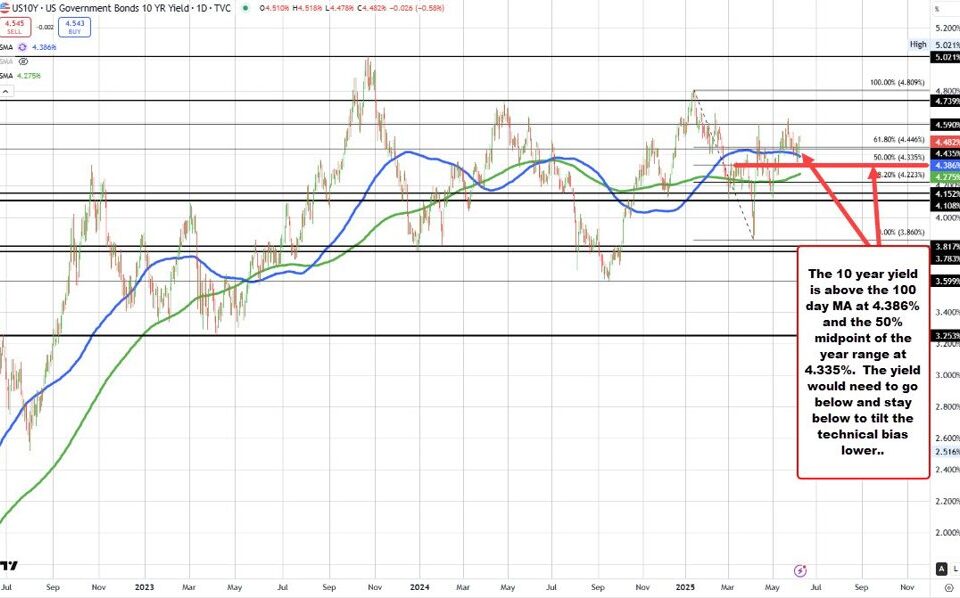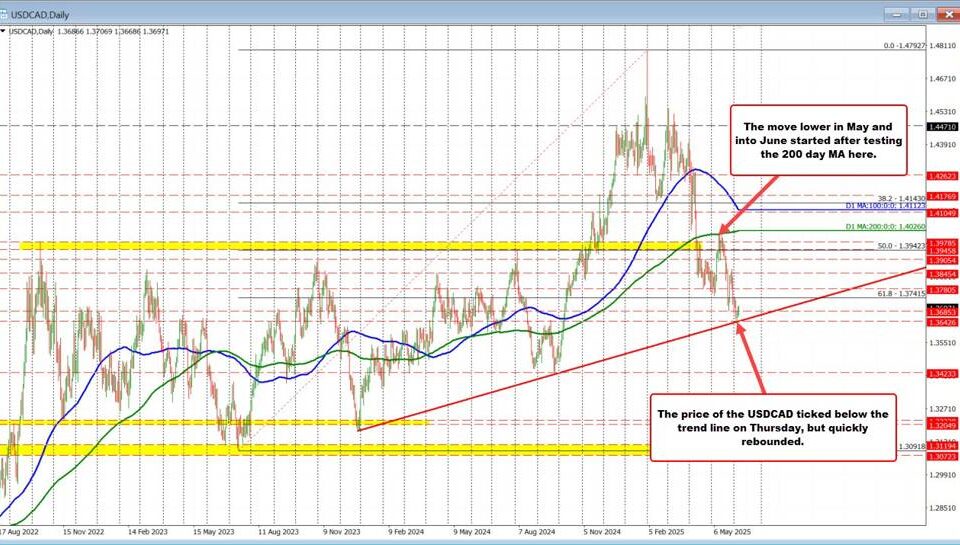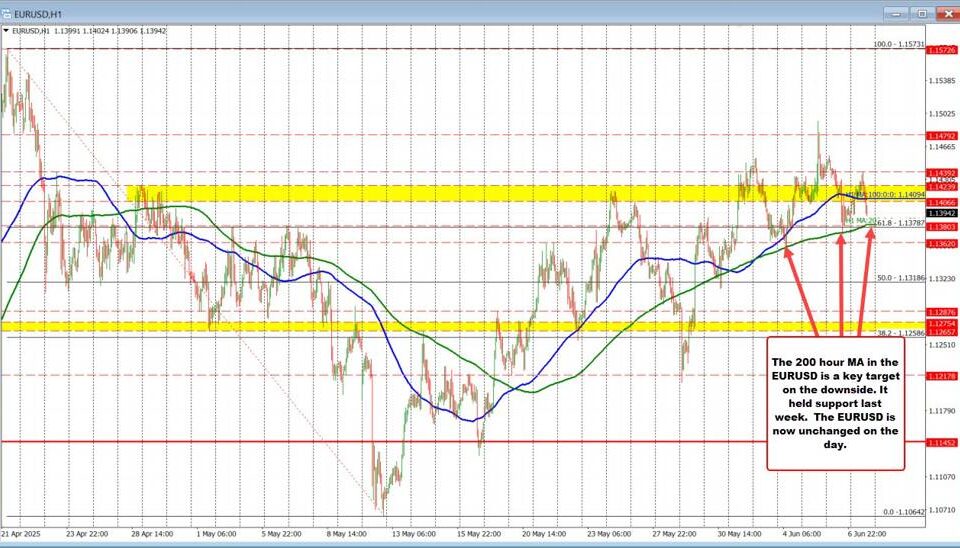Navigating the EU-U.S. Tariff Tensions: What You Need to Know
Tháng 4 10, 2025Crude Oil Market Insights: Navigating Volatility and Predictions for April 2025
Tháng 4 10, 2025Recent Developments in the Crude Oil Market: A Comprehensive Analysis
Price Fluctuations in WTI Crude Oil
The recent landscape of crude oil prices has been marked by notable fluctuations. West Texas Intermediate (WTI) crude oil, which has long served as a benchmark for U.S. oil prices, witnessed a rebound to approximately $63 per barrel after plunging to a four-year low earlier this year. As analysts observed on April 8, 2025, WTI futures experienced a dip below the psychological barrier of $60, reaching $58.95 per barrel. This decline can be attributed to escalating concerns surrounding the ongoing U.S.-China trade war, which has cast a shadow over market stability.
At present, WTI prices hover around $61 per barrel. However, this valuation is closely tied to the implications of tariffs imposed on U.S. oil exports to China. The recent trade dynamics, as discussed in a meeting convened by China’s President Xi Jinping with global CEOs, illustrate how geopolitical tensions can ripple through commodity markets, influencing pricing in unexpected ways. For further insights on this topic, you can read about China’s strategic moves regarding trade tensions.
The Impact of Trade Relations on Crude Oil
One of the critical factors driving current market conditions is the trade conflict between the United States and China. The introduction of tariffs, particularly the staggering 84% tariff on crude oil imports from the U.S. to China, has made American oil significantly more expensive for Chinese refiners. This steep increase in cost has rendered U.S. crude nearly uneconomical for China’s oil demand. Experts predict that this situation is likely to lead to a significant decrease in U.S. crude exports to China, potentially plummeting to zero in the foreseeable future.
In contrast, other markets have stepped up to fill the void created by the diminished exports to China. Countries like India and Japan are taking advantage of the decreased pricing of U.S. crude. By redirecting their purchases towards the U.S., these nations are not only benefiting from favorable prices but are also demonstrating how shifts in global trade relations can redefine supply chains.
Market Outlook for Global Crude Imports
Looking ahead, the prospects for crude oil supply and demand remain uncertain. With China’s reliance on imported oil continuing unabated, the nation is likely to turn towards other suppliers. Reports suggest that China may bolster imports from Middle Eastern producers, as well as possibly reopening avenues with Iran and Russia, to ensure its oil needs are met despite reduced imports from the U.S.
On the other hand, Brent crude, another vital oil benchmark, has recently experienced declines in its intraday trading due to a stable resistance level at $64.80. This price stabilization highlights the cautious trading sentiment prevailing among investors amid ongoing global economic uncertainties, marked by concerns about demand disruption and the overall health of the energy market.
Conclusion: Challenges and Opportunities Ahead
In summary, the current state of the crude oil market is characterized by considerable challenges stemming from geopolitical tensions and trade conflicts, leading to price volatility and shifting supply dynamics. As oil producers and exporters adapt to these changing circumstances, market players must remain vigilant to the evolving landscape. Understanding these trends is critical for stakeholders looking to navigate the complexities of the oil industry effectively in the wake of ongoing international challenges.




